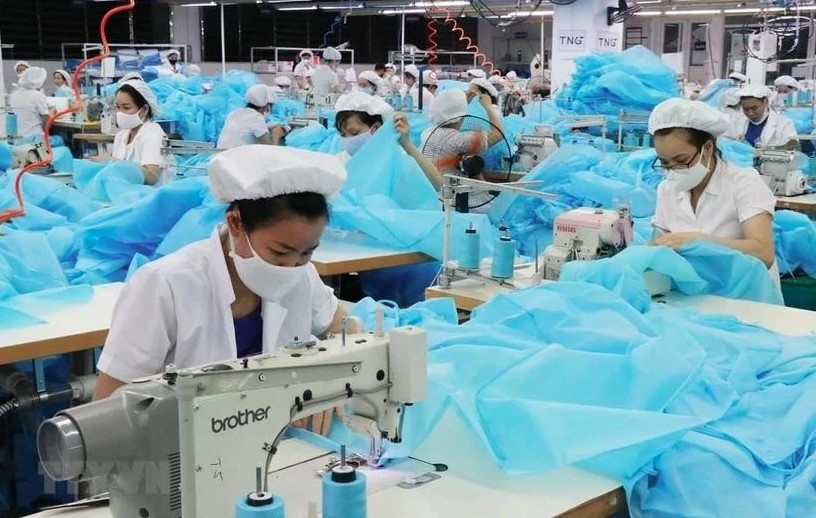Vietnam targets flexible, efficient, sustainable labour market
Vietnam’s labour market has experienced steady growth in both size and quality, moving towards modernisation, sustainability, and international integration.
Effective mobilisation and utilisation of human resources
In recent years, the Ministry of Labour, Invalids and Social Affairs has introduced comprehensive measures to develop the labour market and meet business manpower needs. Efforts to bridge labour supply and demand have been intensified, especially through linking labour market information between regions with abundant manpower and key economic centres. Job fairs, employment loan programmes from the national fund, and other preferential credit sources have been effectively implemented.
Employment service centres have been restructured to improve labour supply-demand regulation and strengthen connections between workers and businesses. Labour management is increasingly integrated with national population databases and other related systems.
Thanks to these coordinated efforts, the market has remained stable, providing sufficient workforce for industrial parks, export processing zones, and other key economic regions.
According to the General Statistics Office, in 2024, Vietnam’s labour force aged 15 and above reached nearly 53 million, an increase of over 575,000 people compared to the previous year. The number of employed workers rose to 51.9 million, marking a 1.1% increase (or 585,000 workers).
Addressing challenges
The Ministry recognises that recent employment policies have made significant strides in developing a structured labour market and creating sustainable jobs.
These policies have not only generated jobs but also supported labour restructuring across regions and industries, assisted disadvantaged workers in entering the labour market, and promoted the transition from informal to formal employment. They also help adapt to population ageing and emerging trends like green and fair employment. As a result, approximately 1.5-1.6 million jobs are created annually, with the overall unemployment rate remaining below 3% and urban unemployment under 4%.
Vietnam’s overseas labour programme has made significant progress in expanding markets, and workforce scale and quality. Currently, more than 700,000 Vietnamese workers are employed abroad under contracts, earning stable incomes and sending back home around US$3.5-4 billion annually. Meanwhile, foreign labour management ensures a balance between domestic and migrant workers, meeting the demand for high-quality personnel.
However, challenges persist as some industrial parks and export processing zones have reported mild labour shortages, particularly in low-skilled sectors like textile and electronics assembly, mainly due to increased year-end orders and businesses not proactively securing additional workforce.
Moreover, while employment figures are rising, the sustainability of the labour market is still in question given high informal employment. The quality of the labour supply also also falls short of the demands of a modern, dynamic, and globally integrated job market. Currently, about 37.8 million workers lack formal vocational training, with only 28.1% holding certifications.
Enhancing labour supply-demand connectivity
Minister of Labour, Invalids and Social Affairs Dao Ngoc Dung highlighted the need to refine policies to better integrate employment programmes with social insurance and unemployment insurance. Digital transformation is being accelerated to improve labour market connectivity, employment data systems, and public employment services. Developing a comprehensive labour and employment database, integrated with the national population registry and other related systems, is a crucial step forward.
Furthermore, labour standards and vocational skills policies are being refined for various industries. The government is working to foster stable and progressive labour relations, while also strengthening workplace safety regulations, especially in high-risk sectors.
Labour relations and wage management policies will be aligned with market demands and global standards. The government will closely monitor labour organisations to ensure compliance with their intended roles, preventing disruptions to political stability and social order.
For the 2026-2030 period, the development strategy will focus on modernising labour structures, reducing informal employment, and expanding access to sustainable job opportunities. The government plans to review policy beneficiaries and increase social credit funding to support job creation and livelihoods for vulnerable groups, with public employment programmes to be implemented more effectively to ensure inclusive economic growth.



